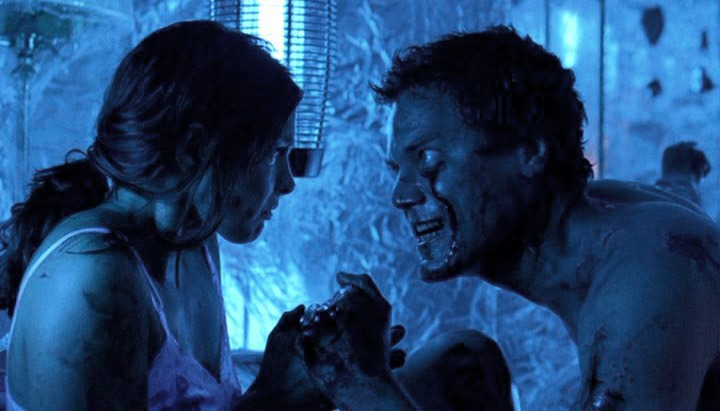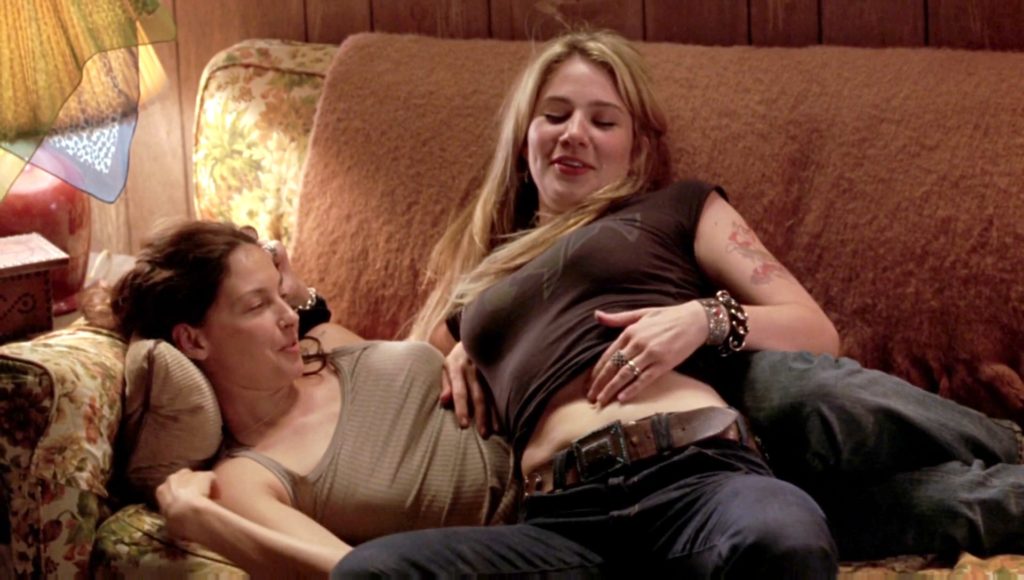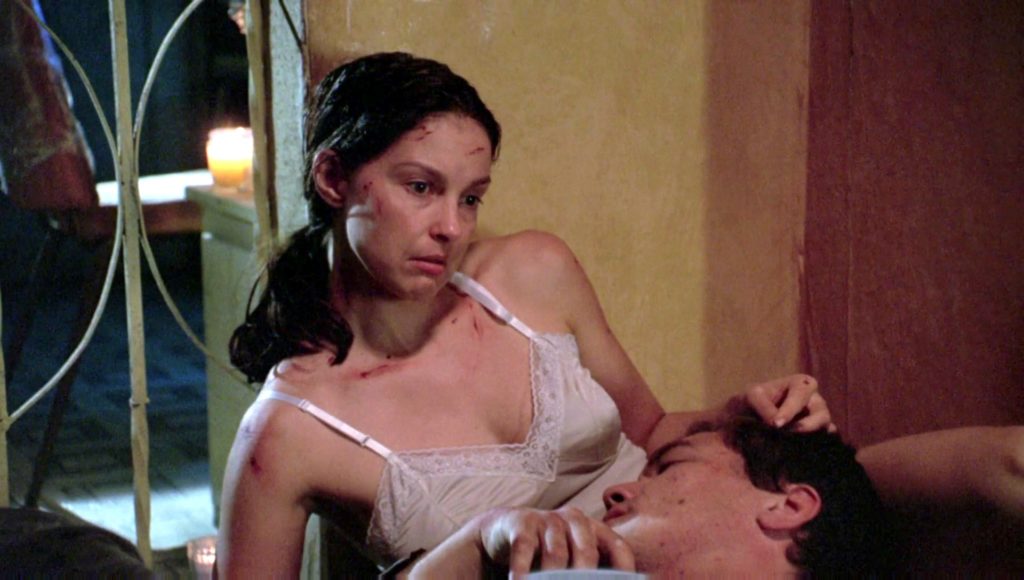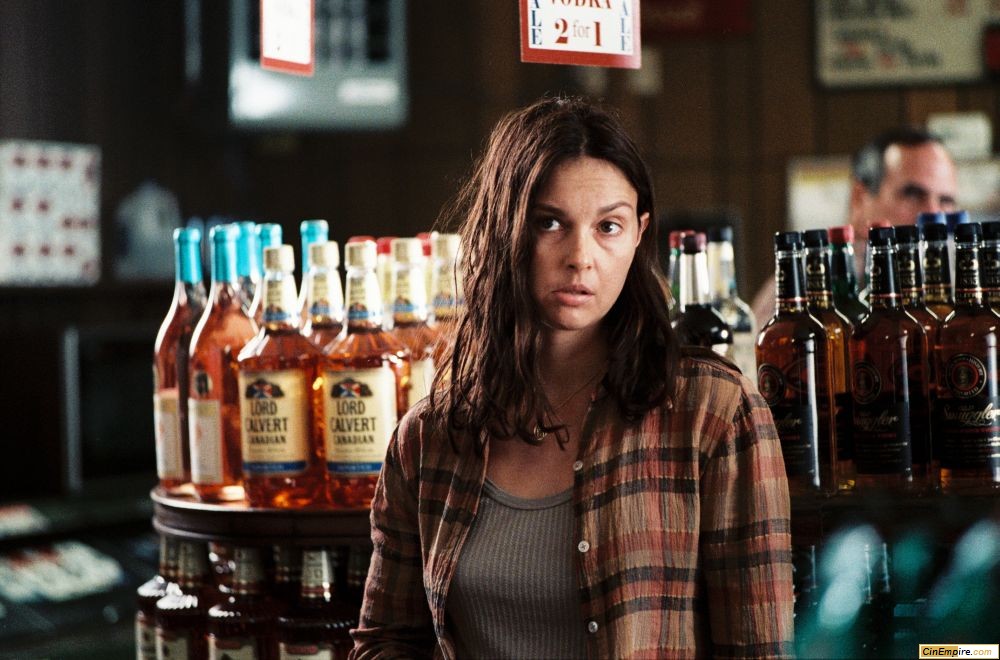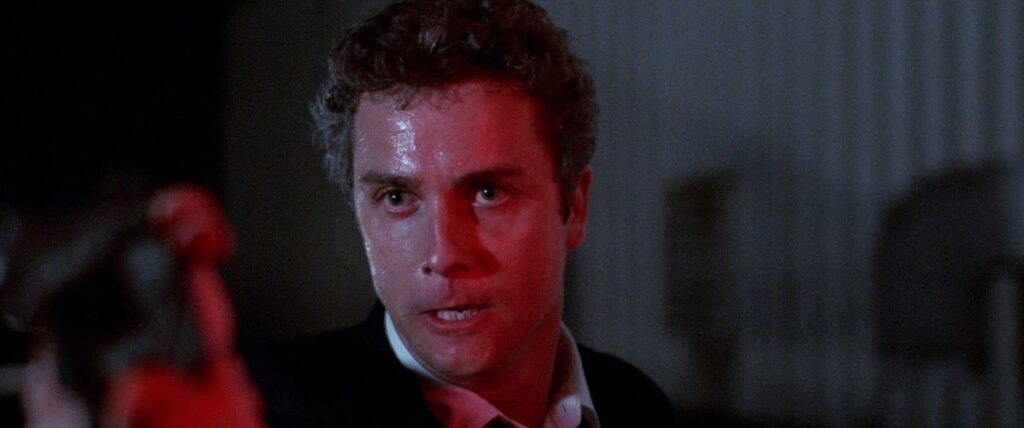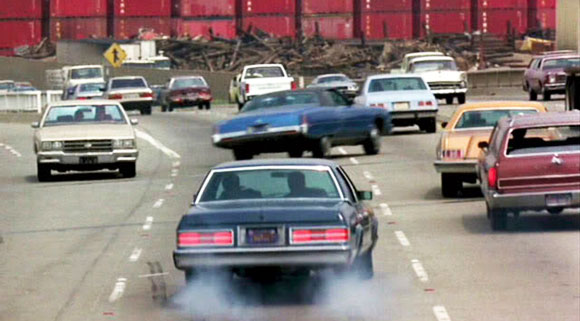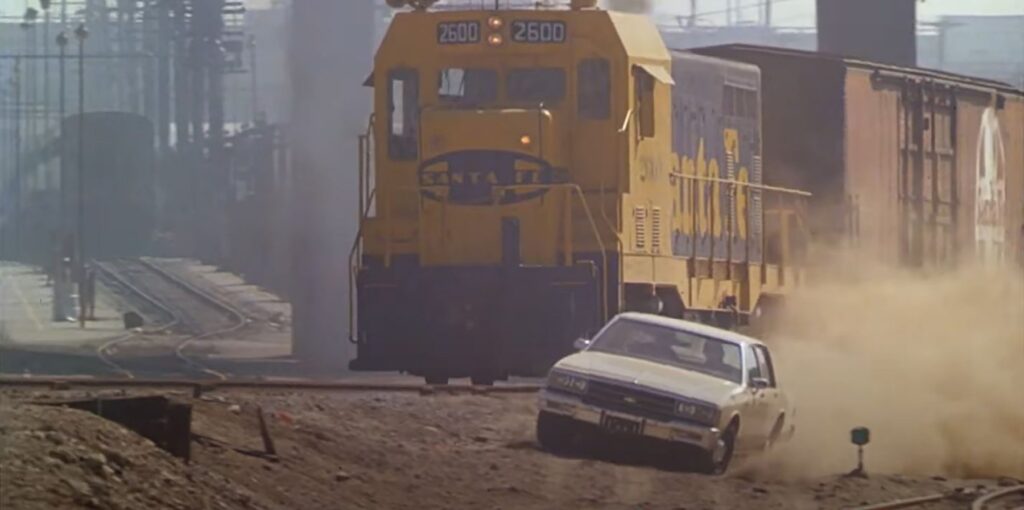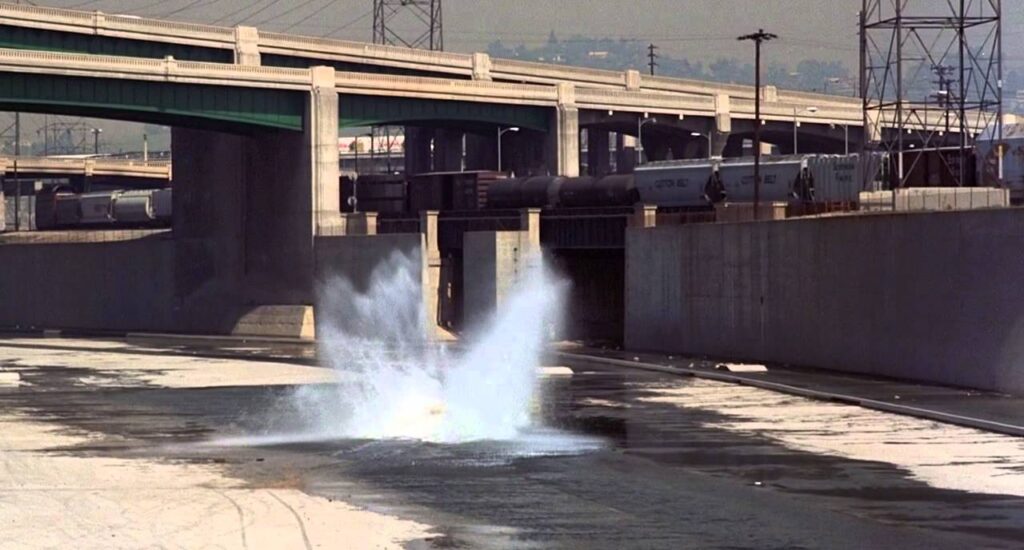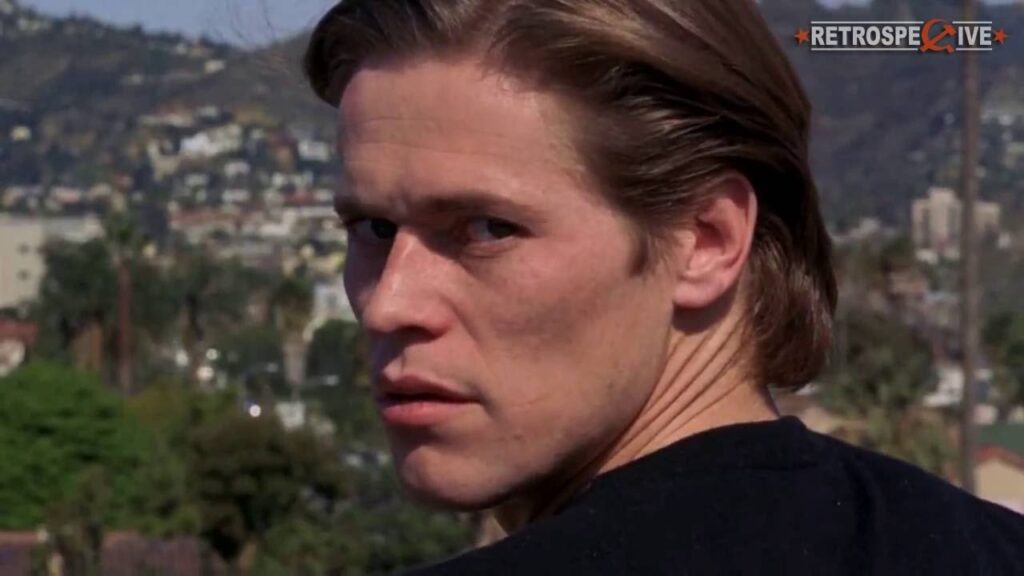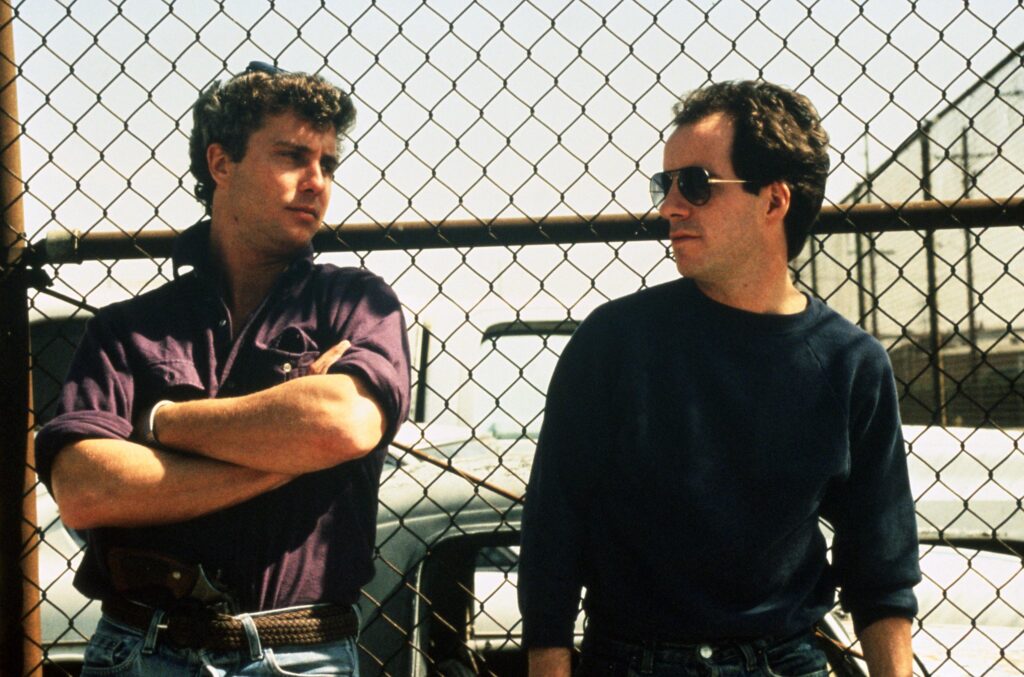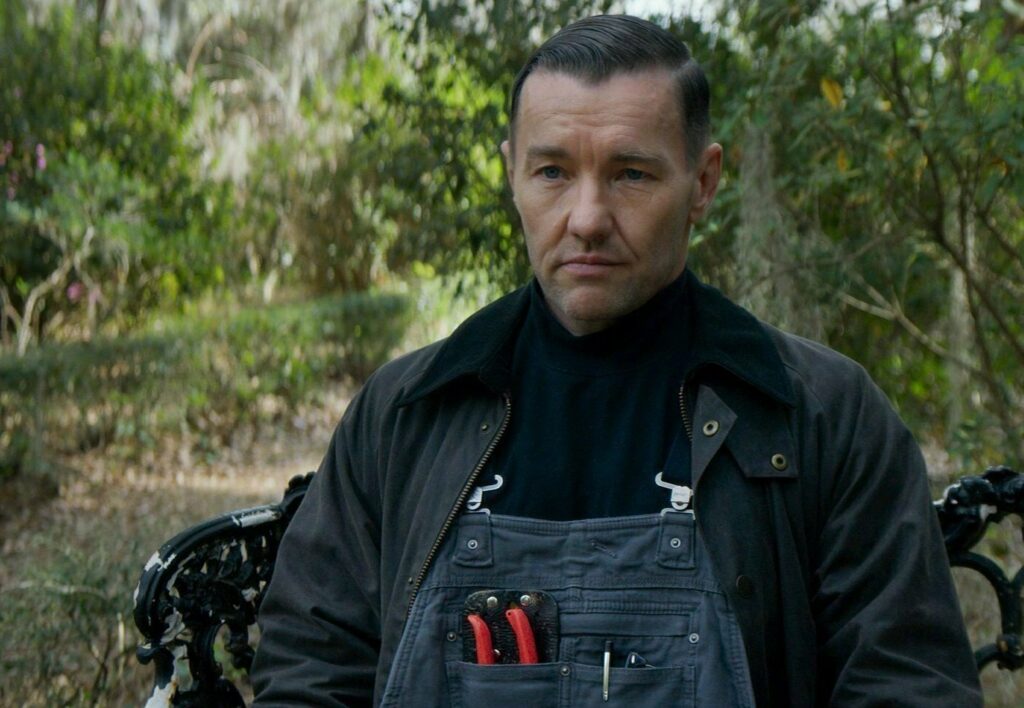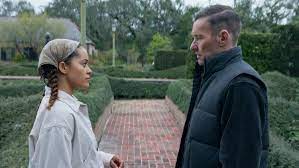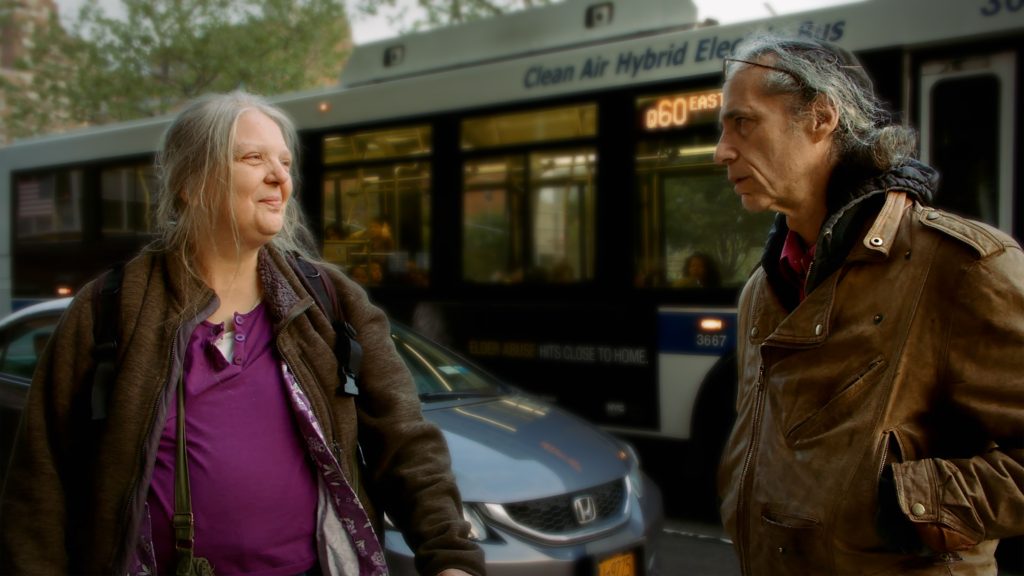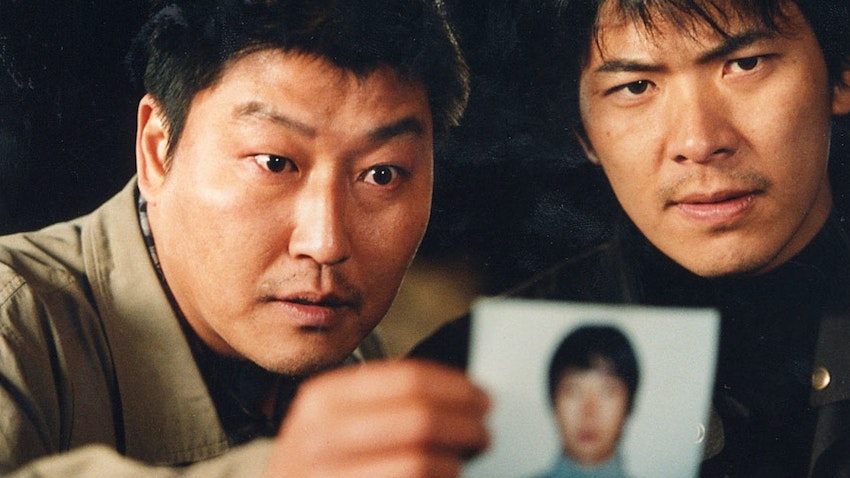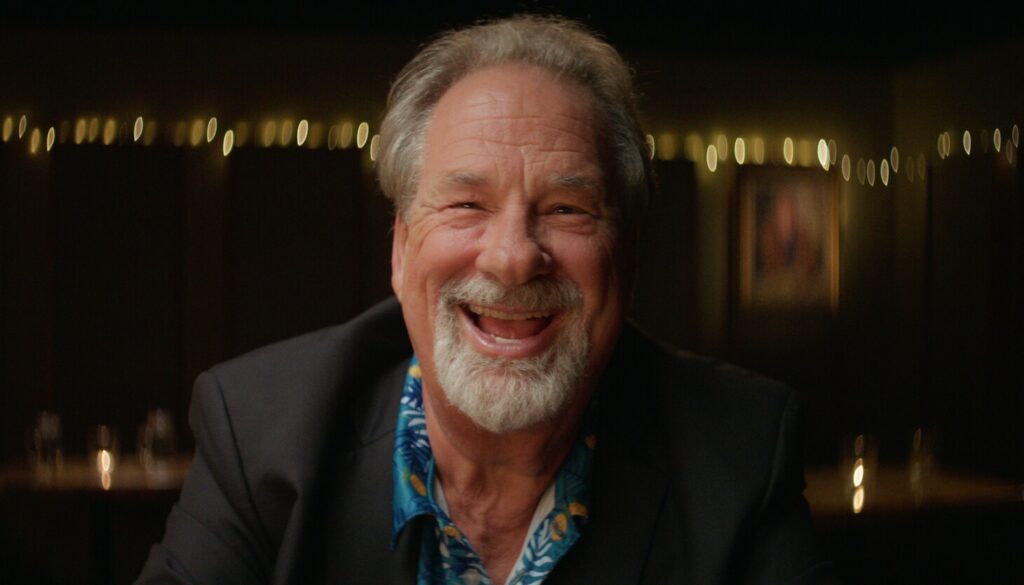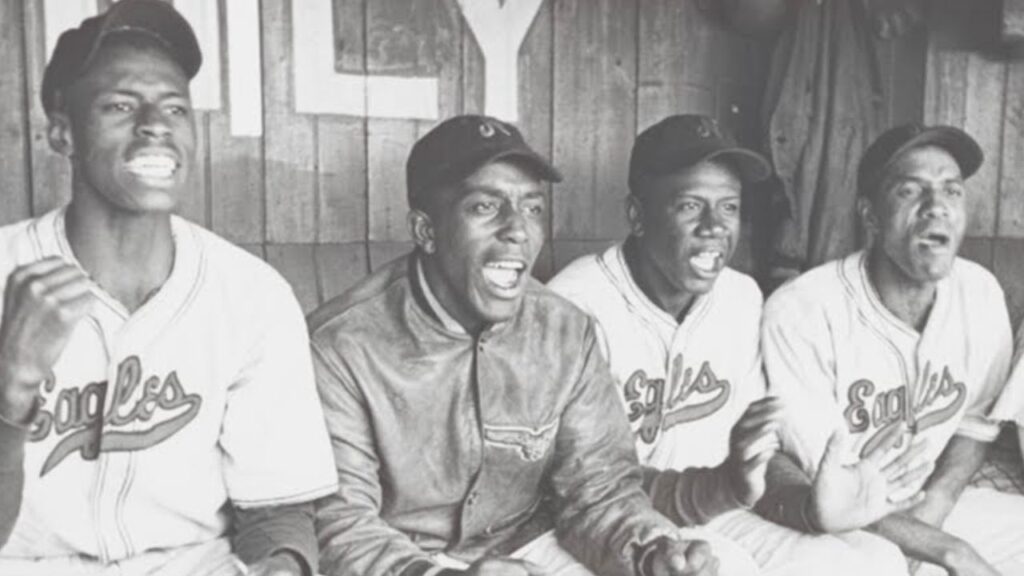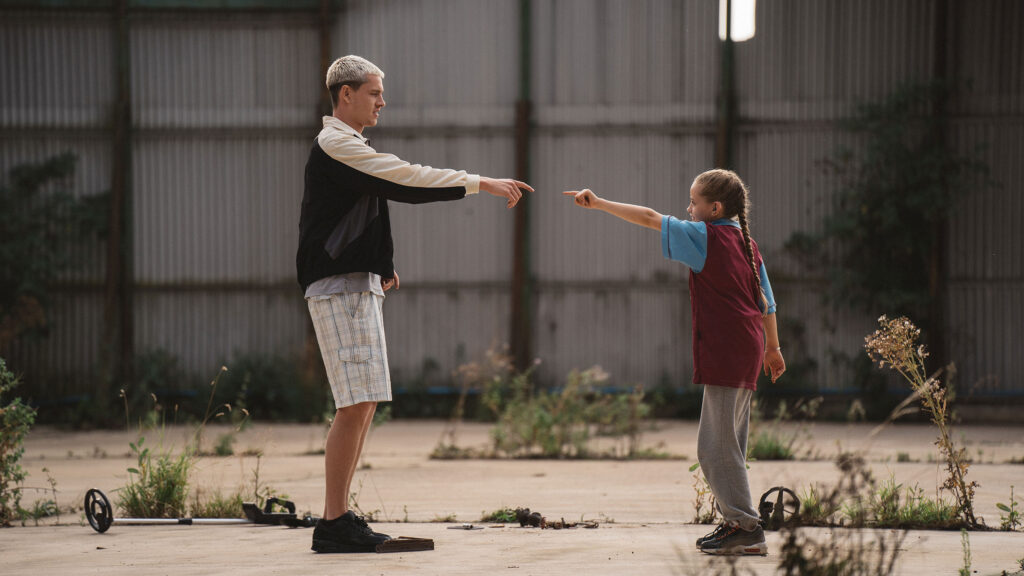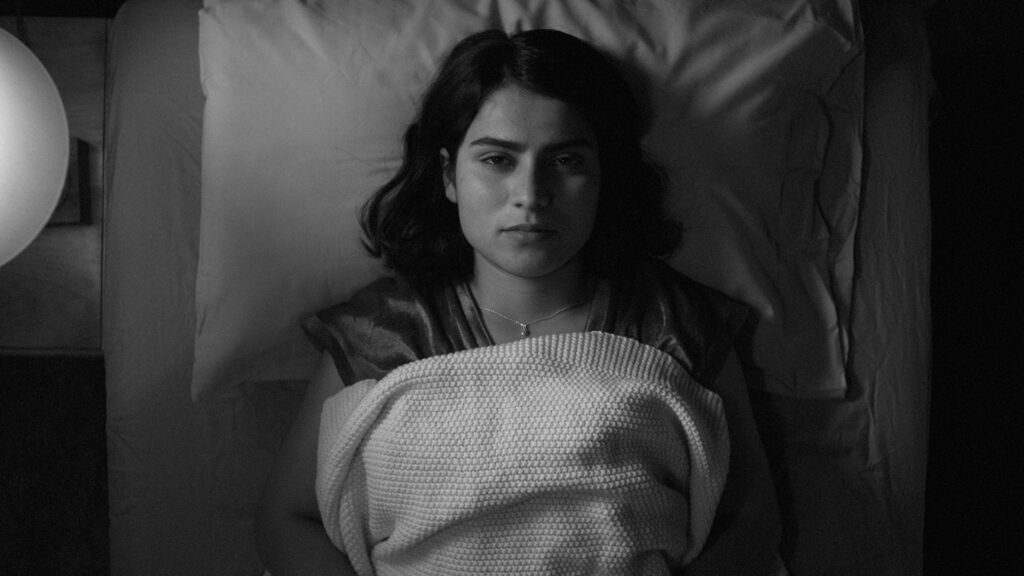
Good news – one of the year’s best and most overlooked movies is now valuable to watch at home. Fremont is the absorbing and frequently droll portrait of a woman, having landed in a new place, who has paused her life and needs to find her path to self-discovery. Donya (Anaita Wali Zada), having worked as a translator for the US military in her native Afghanistan, has fled Kabul for her life. She is living in a stucco-box apartment in the Bay Area suburb of Fremont and is working for a San Francisco manufacturer of, absurdly, Chinese fortune cookies.
Her life is lonely and boring, and her social life is anything but what one would expect for an attractive Bay Area. single woman in her mid-20s. What’s holding her back? It’s not fear, shyness, the bounds of traditional Afghan culture or PTSD from the war. She could have landed an entry level job in Fremont and saved herself the 45-minute commute, but she has intentionally left the insular enclave of Afghan refugees for a job that exposes her to folks with other backgrounds. That clues us in to Donya’s curiosity and fearlessness.
Donya is quiet without being shy, engaging in conversations with her benevolently goofy boss, her know-it-all co-worker and her oddball psychiatrist, and indulging their need to explain things to her. It’s clear to us that she knows more than all of them except for the old owner of an Afghan café, whose life experience tells him what she needs to do with her life.
Donya is the only member of her family in the US precisely because she is the only one whose life has been expressly threatened by the Taliban. That presents her with a form of survivor’s guilt that she needs to confront.
Donya needs to pivot, and the spark is a fortune in a fortune cookie – a fortune written by Donya herself.
Fremont and the character of Donya are the creations of Iranian-born and Belgium-based director and co-writer Babak Jalali, a master of deadpan, absurdist humor. (I love his even more droll Radio Dreams, also set in a Bay Area immigrant community.) After all, what is more disposable or trivial than the fortune in a fortune cookie? I especially enjoyed the scenes where Donya listens implacably as her shrink earnestly (and, he thinks, therapeutically) reads her passages from Jack London’s White Fang.
Donya borrows her friend’s beater of a car for a quest to, of all places, Bakersfield. At a remote gas station along the way, she meets Daniel (Jeremy Allen White of The Bear), a kind and lonely mechanic, and very, tentatively and more than a bit awkwardly, a connection forms.
Jalali captures and distills the profound attraction between mutual soul mates. Donya’s and Daniel’s encounters are so spare, you wonder how much of our courtship rituals are superfluous.
In her screen debut, Anaita Wali Zada effectively inhabits the fresh and original character of Donya, whose reserve masks her strong will. Essentially all of the cast (including his leading lady) are first-time actors, except for Jeremy Allen White and Gregg Turkington, who plays the shrink. You gotta wonder what Jalali could do with trained actors.
Fremont is now streaming on Amazon and Vudu. The more I think about Fremont, the more I like it.

